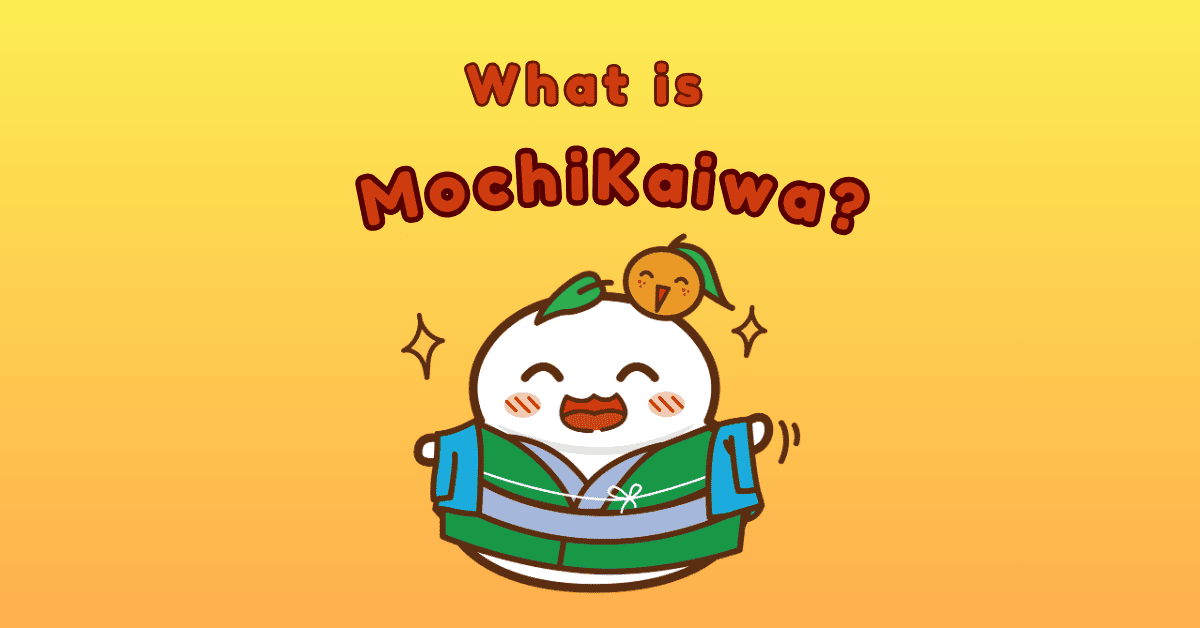In Japanese culture, communication is often as much about the unsaid as it is about the spoken. This is particularly true when it comes to saying “no.” Directly saying no can sometimes be seen as impolite or harsh, which is why the Japanese language contains numerous ways to express disagreement or refusal more subtly. This article explores how to say “no” in Japanese, explains why direct negation is usually avoided, and provides several alternative expressions that can be used to refuse gently.
- How to say No in Japanese
- Why you shouldn’t say No directly in Japanese
- 4 better ways to say No in Japanese
- 5 other ways to say No in Japanese
- FAQs

How to Say “No” in Japanese?
The direct word for “no” in Japanese is いいえ (iie). However, using いいえ can sometimes be too blunt or direct, especially in a culture that values harmony and indirectness. It is typically reserved for formal or clear-cut situations where there is little room for misunderstanding.
Why You Shouldn’t Say No Directly in Japanese
Japanese culture highly values harmony and group cohesion. Directly saying no can disrupt these social values, as it might be interpreted as confrontational or disrespectful. The Japanese often prefer to communicate in ways that maintain “wa” (harmony), especially in a professional or public setting. Therefore, learning to decline requests or invitations indirectly is crucial for anyone looking to navigate Japanese social or business settings effectively.
4 Better Ways to Say No in Japanese
Here are four tactful ways to express disagreement or refusal in Japanese, which can help maintain politeness and harmony:
1. ちょっと… (Chotto…)
- Translation: “A little…”
- Usage: This is a common and useful way to indirectly say no. By itself, ちょっと implies there is a difficulty, and the listener usually understands it as a soft no. It’s vague enough to prevent direct refusal but clear in context.
2. 難しいです (Muzukashii desu)
- Translation: “It’s difficult.”
- Usage: This phrase is used to indicate that what is being asked is challenging or inconvenient, which indirectly communicates a no. It softens the refusal by suggesting that the issue is with the situation or request, not the person making it.
3. 今はちょっと… (Ima wa chotto…)
- Translation: “Now is a bit…”
- Usage: Adding a reference to time provides an out. It suggests that perhaps at another time the answer might be different, but for now, it’s a no.
4. 考えておきます (Kangaete okimasu)
- Translation: “I’ll think about it.”
- Usage: This phrase is another non-committal way to say no. It shows you are considering the request without immediately declining it, giving you time to decline later more gently.
For a comprehensive approach to mastering Kanji and vocabulary, use the MochiKanji app. With its detailed courses and interactive features, you can enhance your learning experience and steadily improve your skills. Start using MochiKanji today and take the first step towards fluency in Japanese!
Start learning now!
5 Other Ways to Say No
In addition to the aforementioned methods, here are five more expressions that can be used to say no in Japanese, each suited to different contexts:
1. できません (Dekimasen)
- Translation: “I cannot do it.”
- Usage: Slightly more direct, this phrase is useful when you need to be clear about your inability to fulfill a request without being too blunt.
2. もう予定があります (Mou yotei ga arimasu)
- Translation: “I already have plans.”
- Usage: A common and polite way to decline invitations, suggesting that you’re already committed rather than not interested.
3. バッチリですが、… (Batchiri desu ga,…)
- Translation: “It’s perfect, but…”
- Usage: Starting with a positive comment before slipping in a refusal is a diplomatic way to say no. It cushions the refusal.
4. 別の時にしましょう (Betsu no toki ni shimashou)
- Translation: “Let’s do it another time.”
- Usage: This suggests openness to engaging in the activity or request at a later date, providing a polite deferral.
5. 助けられないと思います (Tasukerarenai to omoimasu)
- Translation: “I don’t think I can help.”
- Usage: Useful when you need to refuse a request for assistance. It’s straightforward yet respectful, indicating that the refusal is due to your limitations.
Conclusion
Understanding the subtle ways of saying no not only helps in maintaining harmony and respect but also enriches your communication skills in a culturally sensitive manner. By mastering these expressions, you can navigate social interactions more effectively, ensuring that you express your refusal in a way that is considerate of both the situation and the feelings of others. Whether you’re living in Japan, working with Japanese colleagues
FAQs
Is there a word for no in Japan?
Yes, there are words and phrases to express “no” in Japanese, though the direct use of “no” is less common than in some other languages due to cultural nuances. The most common word for “no” is いいえ (iie), but Japanese often use more indirect or polite ways to decline or disagree.
How do you say no casually?
In casual conversation, “no” can be expressed using phrases like:
- ううん (uun) – a casual way to say “no,” often used in everyday speech.
- だめ (dame) – meaning “no good” or “not allowed,” it’s often used in informal contexts to reject or deny something.
Does “ie” mean “no” in Japanese?
いいえ (iie) is the formal way to say “no” in Japanese. It’s used in polite situations, though it can sound a bit direct. However, 家 (いえ, ie) means “house” or “home” and is not related to “no.”
What is the no in Japanese?
The word いいえ (iie) is the standard way to say “no” in Japanese. However, depending on the context, more indirect phrases like ちょっと… (chotto…) or それは… (sore wa…) can be used to decline politely, as direct refusals are sometimes avoided in Japanese culture.







